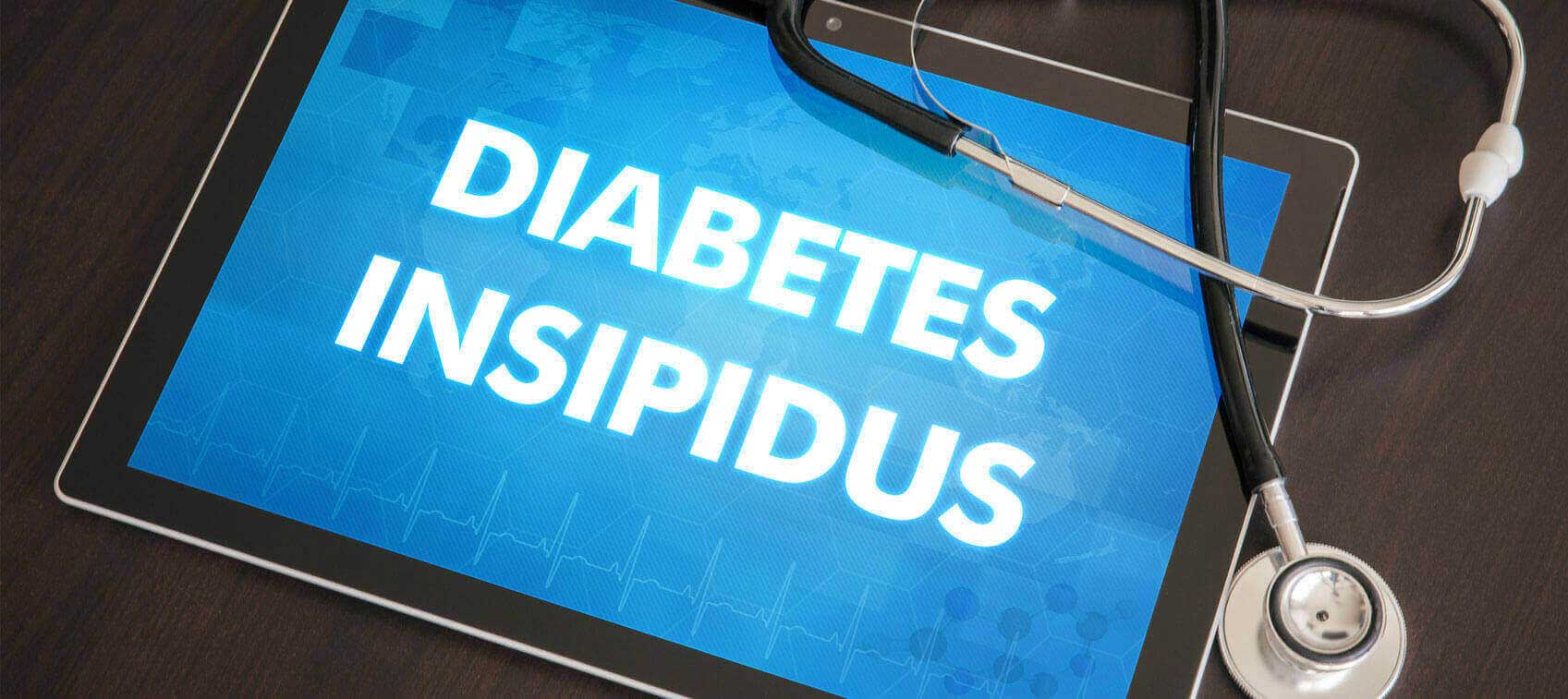
Most of us urinate six to eight times a day, producing an average of four to eight cups of urine. Can you imagine passing six, eight, 10 times that much—up to 80 cups a day? You’d have to drink barrels of water and hang out near a bathroom all day!
Excessive urination is a sign of diabetes insipidus, a misunderstood condition that is often lumped together with other types of diabetes but has completely different causes and treatments.
What’s in a Name?
The confusion arises from the name. “Diabetes,” from the Greek word meaning to siphon or pass through, alludes to excessive urination—an exceptionally accurate description of diabetes insipidus. “Insipidus” is Latin for tasteless, referring to the colorless, odorless (and, I presume, tasteless) quality of highly diluted urine.
However, when most people think of diabetes, they think of high blood sugar. It’s the chief characteristic of diabetes mellitus, the most common form. Excessive thirst and urination are also signs of uncontrolled diabetes mellitus, as high levels of blood sugar overwhelm the kidneys’ ability to reabsorb excess glucose, and it is excreted in the urine. “Mellitus” is Latin for honey or sweet and describes the presence of glucose in the urine.
Diabetes Insipidus vs. Diabetes Mellitus
Diabetes mellitus is a very common condition, affecting more than 30 million Americans—nearly 10 percent of the population. It may be caused by an inability of the pancreas to produce enough insulin to escort blood sugar into the cells (type 1) or, more often, by a failure of the cells to respond to insulin’s signals (type 2). Either way, diabetes mellitus is a disorder of blood sugar metabolism.
Diabetes insipidus, on the other hand, has nothing to do with blood sugar. Much rarer than diabetes mellitus—it affects only 1 in 25,000 people—it is caused by a pituitary gland or kidney problem that interferes with the body’s ability to regulate fluids, resulting in excessive urination and extreme thirst.
Because diabetes almost always refers to the former condition, some experts have proposed renaming diabetes insipidus pituitary insipidus to avoid confusion and more accurately reflect its primary cause.
What Causes Diabetes Insipidus?
Fluid balance is pretty simple. You drink when you’re thirsty and use the toilet when nature calls. Those urges are regulated by the hypothalamus, a small region at the base of the brain that controls multiple involuntary functions, including thirst and urination.
The hypothalamus produces vasopressin (also called antidiuretic hormone), which is stored in the adjacent pituitary gland. When fluid levels in the body are low, vasopressin is released and signals the kidneys to reabsorb fluids and excrete less urine. Conversely, when fluid levels are high, vasopressin release is restricted, and the kidneys produce more urine.
You can see how disruption of this finely tuned system could lead to excessive urination—and trigger the other common sign of diabetes insipidus. Your sense of thirst goes into overdrive and you drink water like there’s no tomorrow.
Tests for Diabetes Insipidus
Excessive thirst and urination should be immediately brought to the attention of your doctor. In addition to the usual family history, physical exam, blood tests, and urinalysis, your doctor may order two additional tests for diabetes insipidus: an MRI of the hypothalamus and pituitary gland and a fluid deprivation test. Based on test results, one of two main types may be diagnosed:
- Central diabetes insipidus: Damage to the pituitary or hypothalamus due to surgery, head injury, tumors or other illnesses, or a genetic disorder.
- Nephrogenic diabetes insipidus: Defects in the kidneys—either inherited or a result of chronic kidney disease or certain medications (lithium, some antibiotics)—that interfere with their ability to respond to vasopressin’s signals.
Other forms include gestational diabetes insipidus, which occasionally occurs during pregnancy, and primary polydipsia, excessive thirst linked to the “thirst center” of the hypothalamus.
Diabetes Insipidus Medications & Other Treatments
Although there is no cure for this condition, a handful of diabetes insipidus medications plus lifestyle changes help control symptoms.
- Synthetic vasopressin. Central diabetes insipidus usually responds to drugs such as desmopressin, which mimics the actions of vasopressin. Other medications may be prescribed to increase the bioavailability of natural vasopressin.
- Diuretics & NSAIDs. Diuretics such as hydrochlorothiazide decrease urine output in patients with this condition. Ibuprofen and other NSAIDs also curb urination.
- Low-sodium diet. Because cutting back on sodium helps reduce urine production in the kidneys, a low-sodium diet is recommended for nephrogenic diabetes insipidus.
- Adequate hydration. Keep a water bottle handy, and drink when you’re thirsty. Dehydration—the most common diabetes insipidus complication—can have serious, even life-threatening consequences. So pay attention to early warning signs including dry skin, fatigue, lethargy.
- Electrolyte balance. Increased urination means increased losses of water-soluble nutrients—and potentially dangerous imbalances in electrolytes (sodium, potassium, magnesium, calcium, phosphate, and chloride). In addition to eating a nutrient-rich diet, ask your doctor if a daily multivitamin supplement is right for you.


